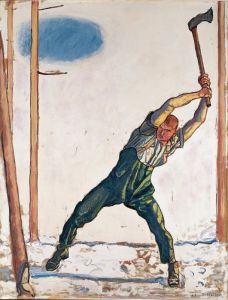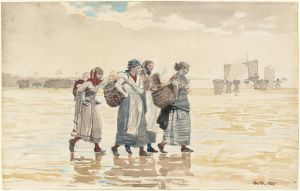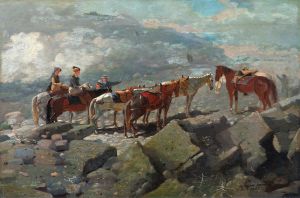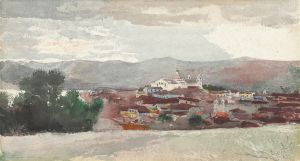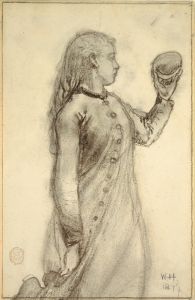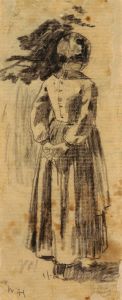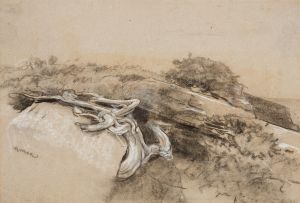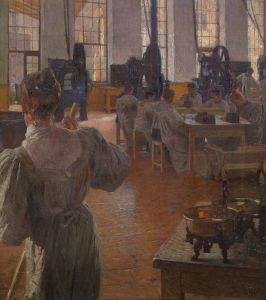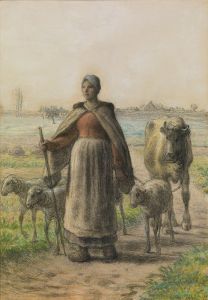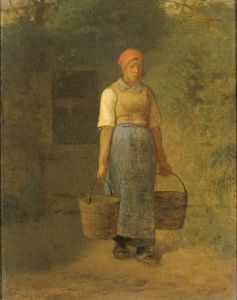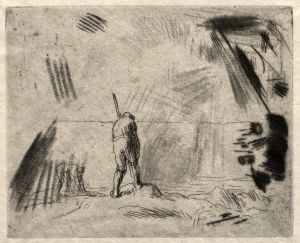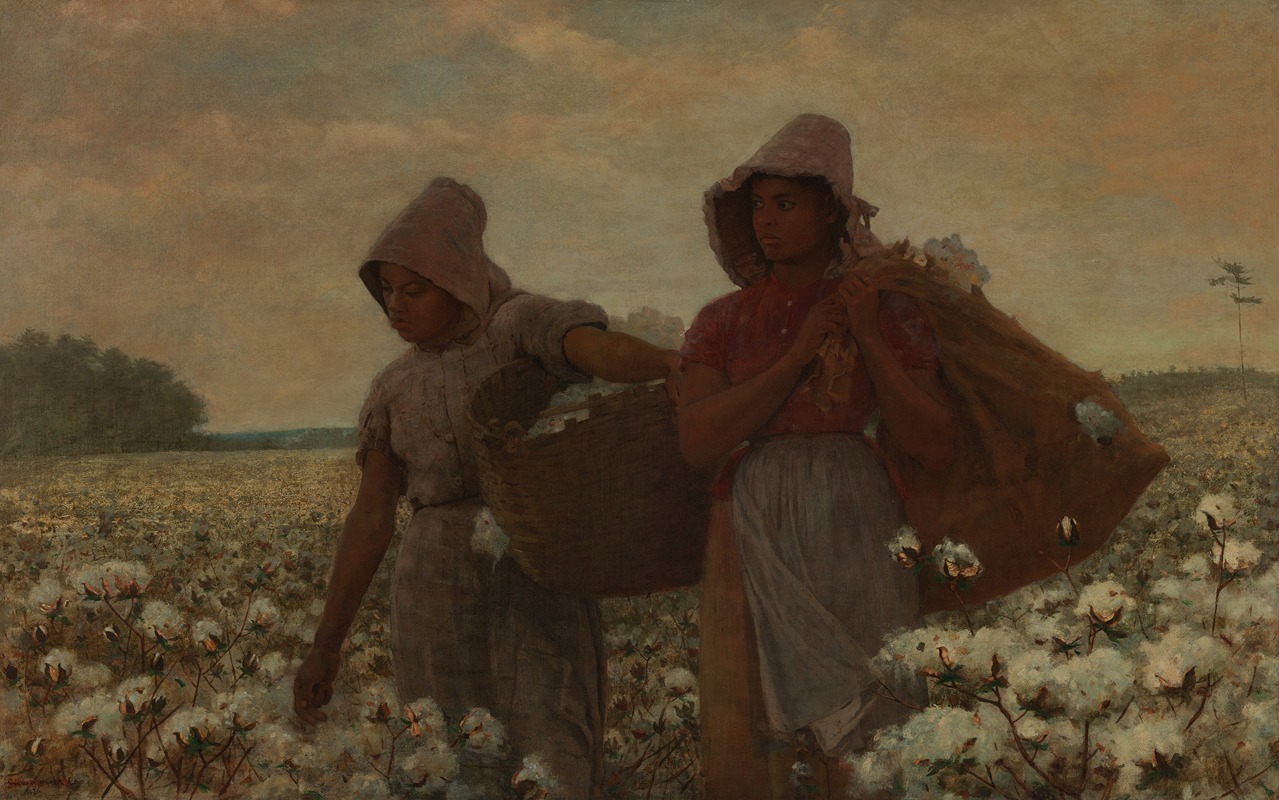
The Cotton Pickers
A hand-painted replica of Winslow Homer’s masterpiece The Cotton Pickers, meticulously crafted by professional artists to capture the true essence of the original. Each piece is created with museum-quality canvas and rare mineral pigments, carefully painted by experienced artists with delicate brushstrokes and rich, layered colors to perfectly recreate the texture of the original artwork. Unlike machine-printed reproductions, this hand-painted version brings the painting to life, infused with the artist’s emotions and skill in every stroke. Whether for personal collection or home decoration, it instantly elevates the artistic atmosphere of any space.
The Cotton Pickers is an oil painting created in 1876 by the American artist Winslow Homer. This work is widely regarded as one of Homer’s most significant depictions of African American life during the Reconstruction Era following the Civil War. The painting is currently housed in the Los Angeles County Museum of Art (LACMA).
The artwork portrays two African American women standing in a cotton field, each holding a bundle of cotton. The figures are depicted in a naturalistic and dignified manner, emphasizing their strength and resilience. The women are dressed in simple, modest clothing, and their expressions are solemn and contemplative. The background features a vast, open sky and a seemingly endless expanse of cotton plants, suggesting the isolation and labor-intensive nature of their work.
Homer’s The Cotton Pickers is notable for its nuanced representation of African American subjects during a period when such portrayals were rare in American art. The painting avoids caricature or romanticization, instead presenting the women with a sense of individuality and humanity. This approach marked a departure from the stereotypical depictions of African Americans that were prevalent in 19th-century art and popular culture.
The painting was created during a time of significant social and political change in the United States. The Reconstruction Era (1865–1877) was a period of rebuilding and transformation following the abolition of slavery, but it was also marked by widespread racial discrimination and economic hardship for many African Americans. The Cotton Pickers reflects these realities, capturing the enduring challenges faced by African Americans in the rural South.
Winslow Homer (1836–1910) was one of the most prominent American artists of the 19th century, known for his realistic and evocative depictions of everyday life, as well as his later works focusing on maritime themes. Homer spent time in the South during the early 1870s, where he observed and sketched scenes of African American life. These experiences informed several of his works, including The Cotton Pickers.
The painting has been praised for its technical mastery, particularly Homer’s use of light and color to create a sense of depth and atmosphere. The muted tones and soft lighting contribute to the contemplative mood of the scene, while the detailed rendering of the figures and the cotton plants demonstrates Homer’s skill as a draftsman.
The Cotton Pickers remains an important work in the history of American art, offering a poignant and respectful portrayal of African American women during a complex and challenging period in U.S. history.





